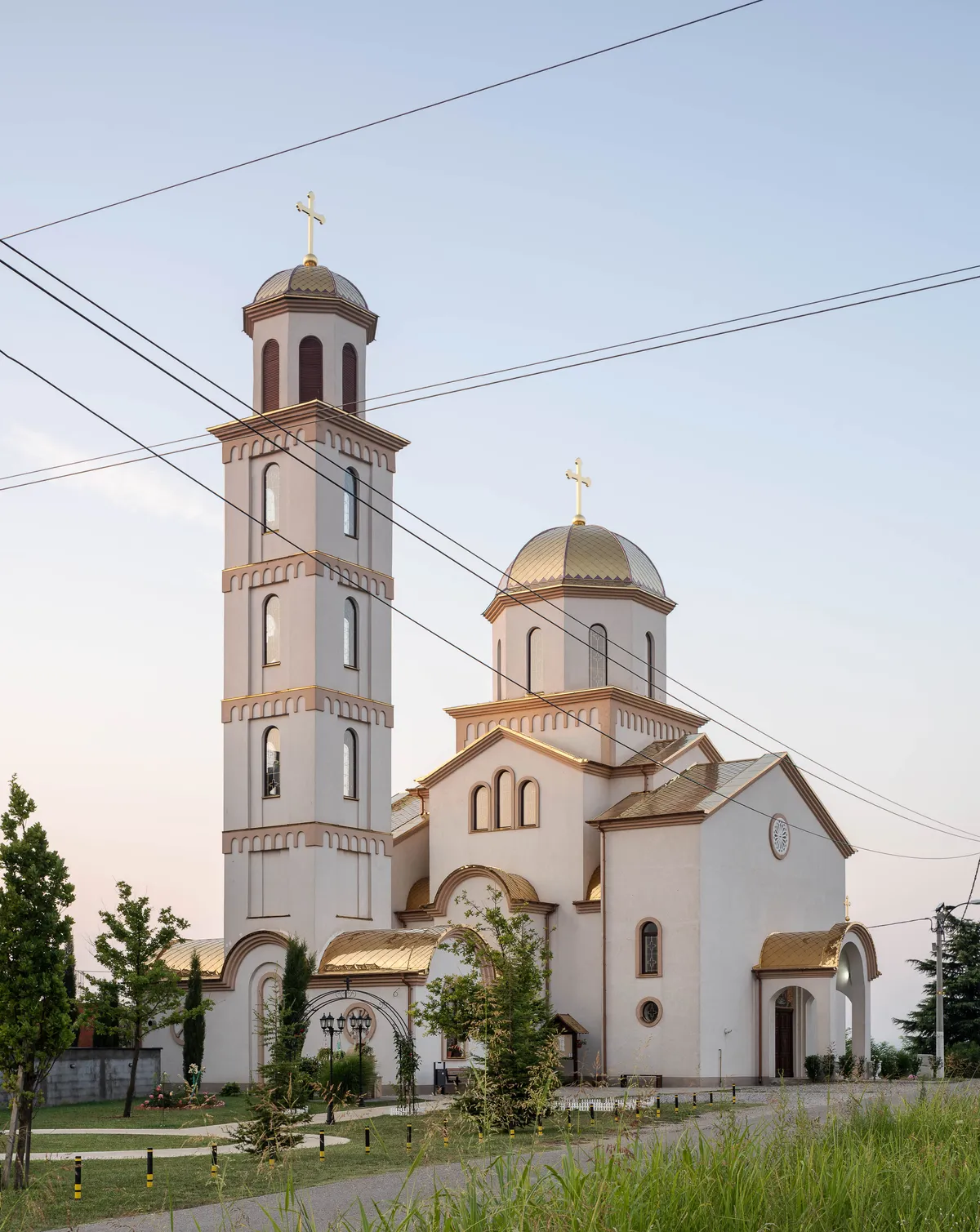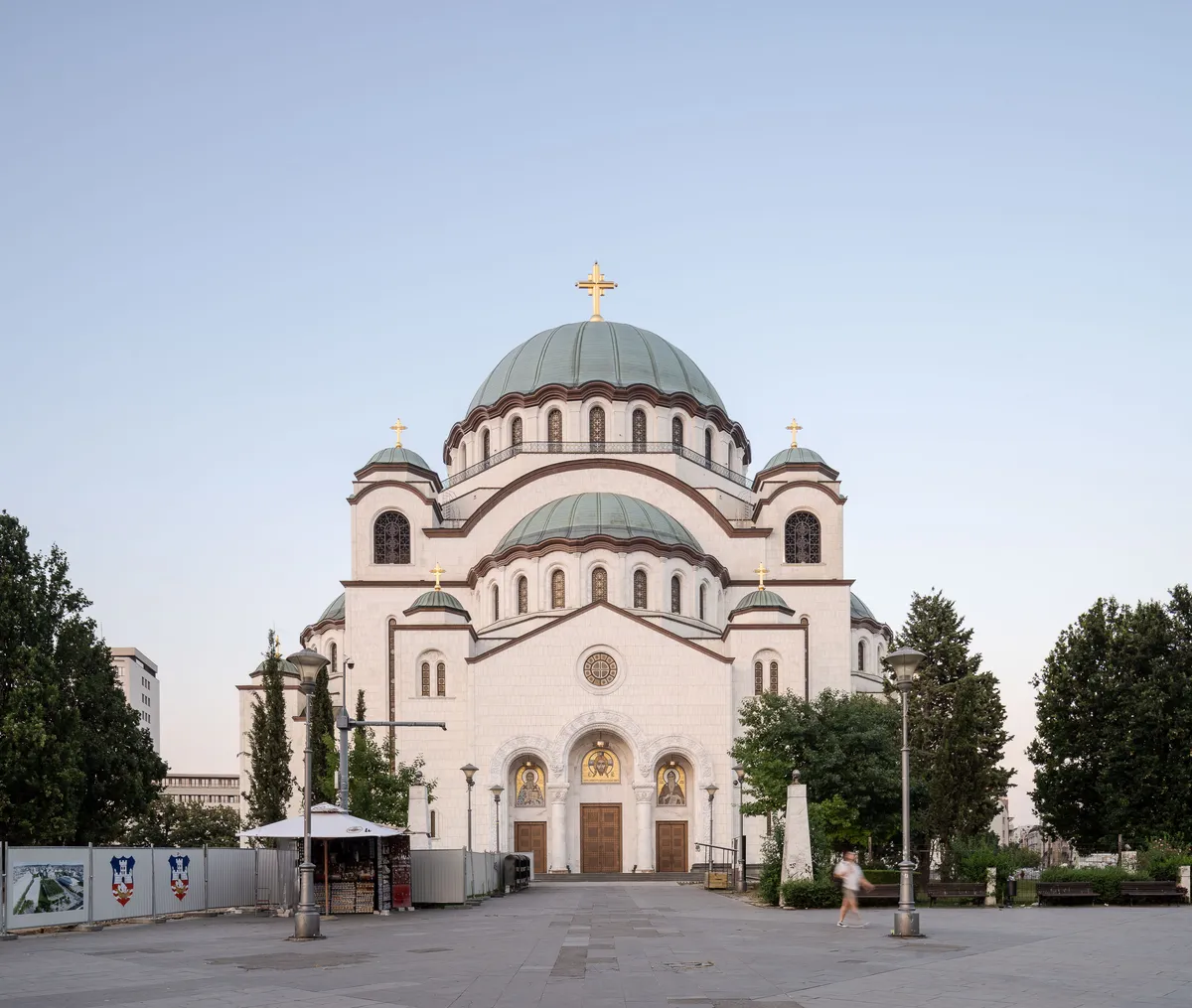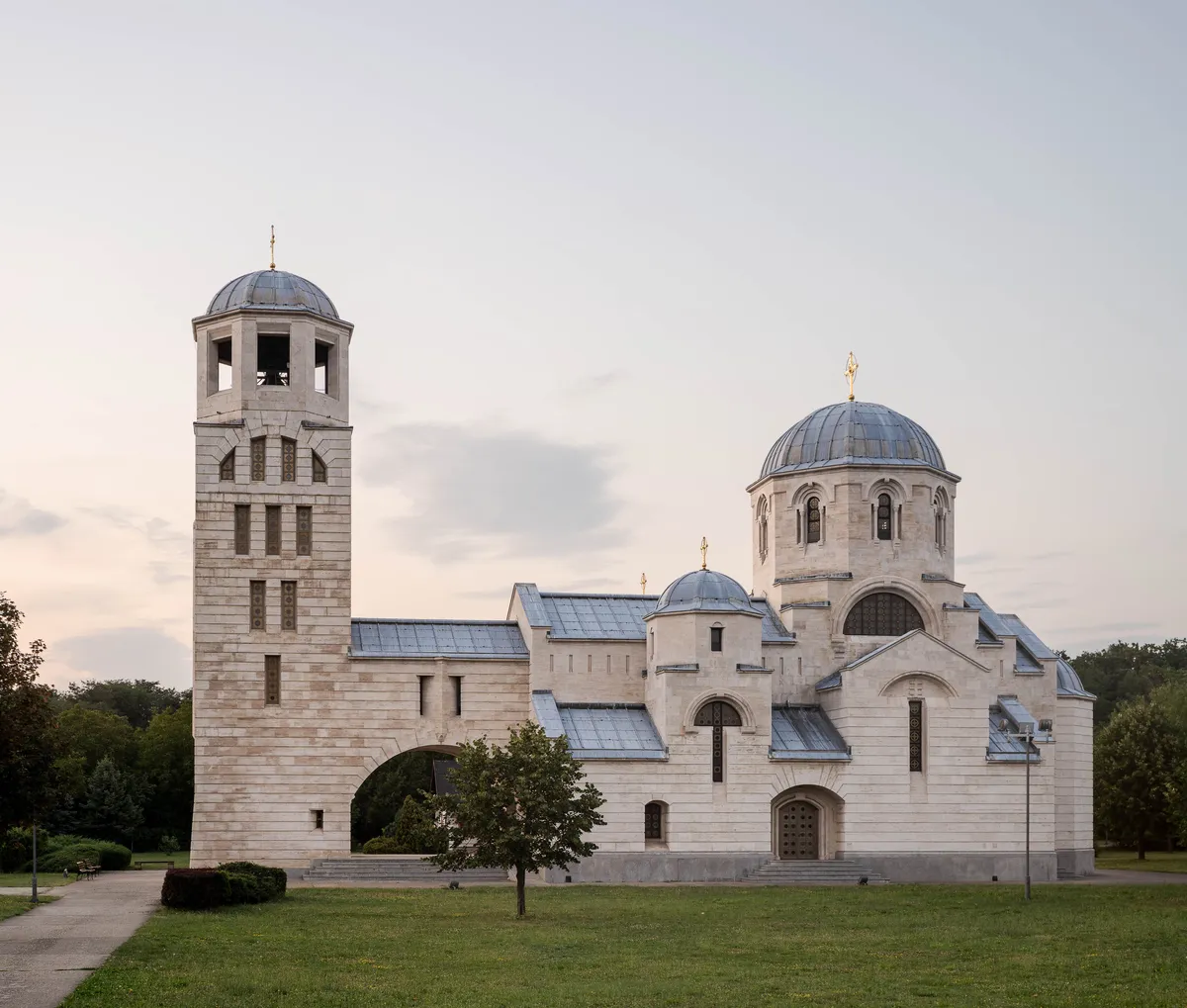
1/4

2/4

3/4

4/4

Author(s) / Team representatives
Martinovic Milos
Profession
Architectural photographer
Text presentation of the author in English
Milos Martinovic is a photographer based in Belgrade, Serbia, specializing in architecture and interiors photography.
He was born in 1985 in a small town of Kikinda, Serbia.
At the age of 15, he decided (for reasons lost to his older self) that he wanted to be an architect when he grew up. This decision led him to studying architecture at the University of Belgrade's Architecture school from 2004-2009.
He then spent 8 years working as an architect, doing various projects in Serbia and Russia. During this time, he bought his first DSLR camera and soon realised he enjoyed photographing buildings more than he liked designing or building them. He got his first commissioned photographic work shooting projects he was working on as an architect.
Architectural photography turned out to be a perfect mix of his interests towards both architecture and photography.
In 2017 he finally decided to switch from architecture to working as a full time photographer. Since then, he has been shooting interesting projects all over Serbia and beyond, proving, mainly to himself, that you can enjoy going to work, have fun and be happy in your professional life.
Project description in English
The Serbo-Byzantine architectural style was predominant in the 14th century Serbian Late Middle Ages. While modern for its time, Serbian ecclesiastical architecture has seen little innovation since then.
Even though they might look old, all the churches shown in the project were built within the last 20 years (with only the biggest one, Temple of Saint Sava, originally designed in the 1930s, redesigned in the 1980s, but still wasn’t built until 2004). These churches show a complete lack of innovation in the architectural style for the past 700 years, with the Serbian Orthodox Church clearly unwilling to accept any modern stylistic changes, instead sticking to the tradition, just like with its social stances. So far there are no architecturally modern churches in Serbia. Their form and function have remained firmly in the 14th century.
The cover image shows the Church of Saint Nicholas, within the Rakovica monastery in Belgrade, Serbia. Built in 2019, it shares striking resemblance in style to the monastery gate tower seen in the back, built in the 19th century, and to the main monastery church built in the 17th century, seen as the third white tower more to the left.
Second image shows the St. Matthew the Apostle Orthodox Church, in Belgrade, built in 2018.
Third image shows the Temple of Saint Sava, the biggest church in Serbia, built in 2004, with its design clearly influenced by the Byzantine church of Hagia Sophia.
The last image shows the Church of St. Luke the Apostle, built in 2003 in Belgrade.



